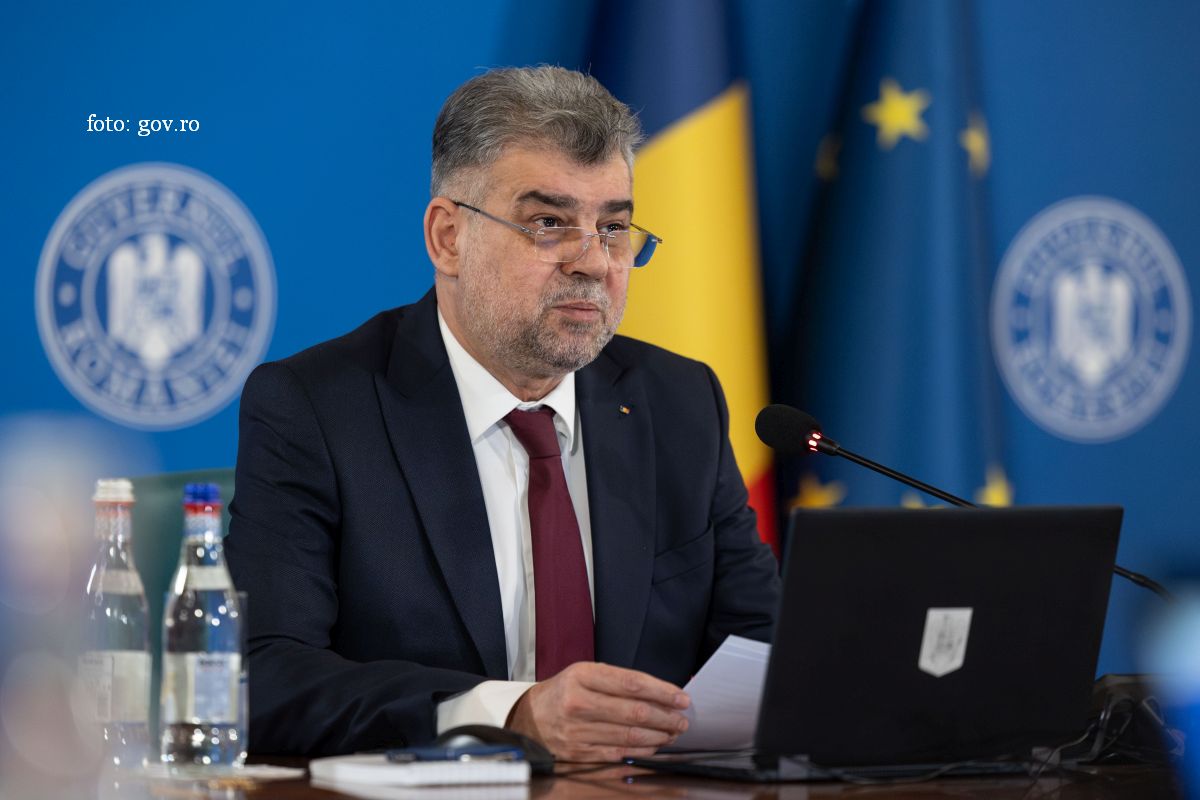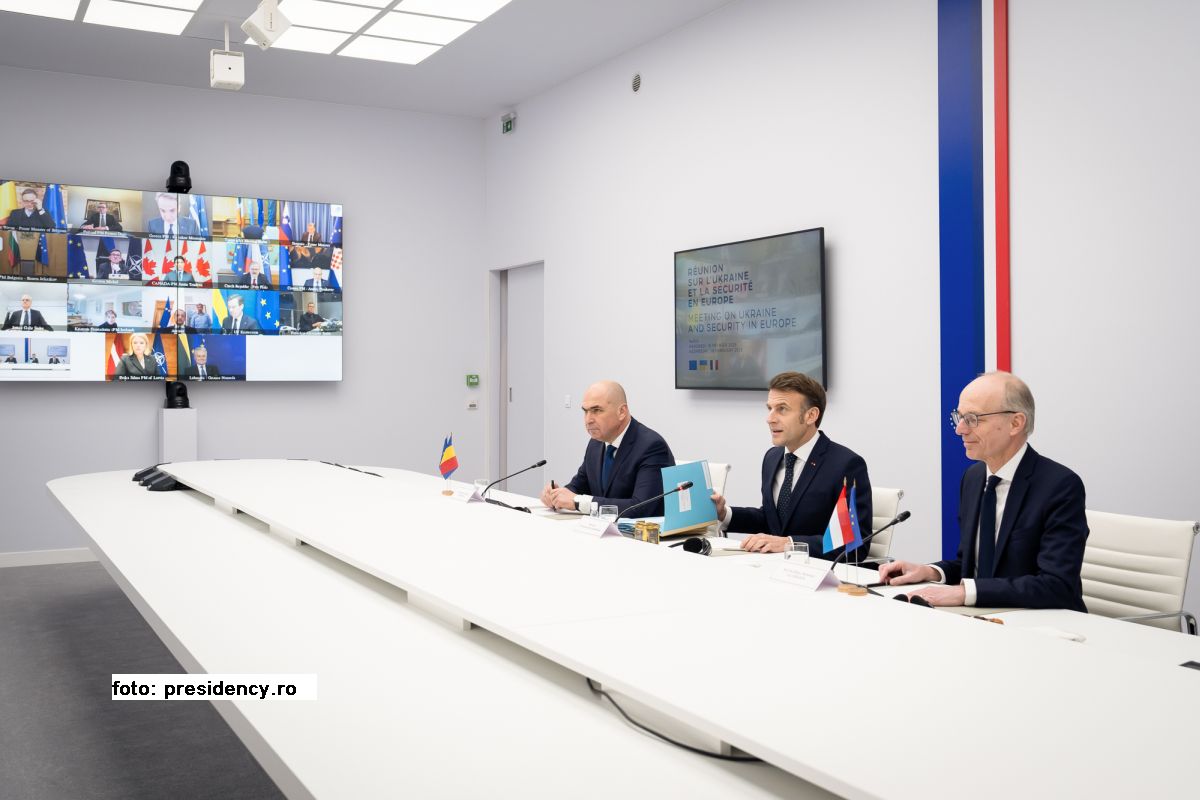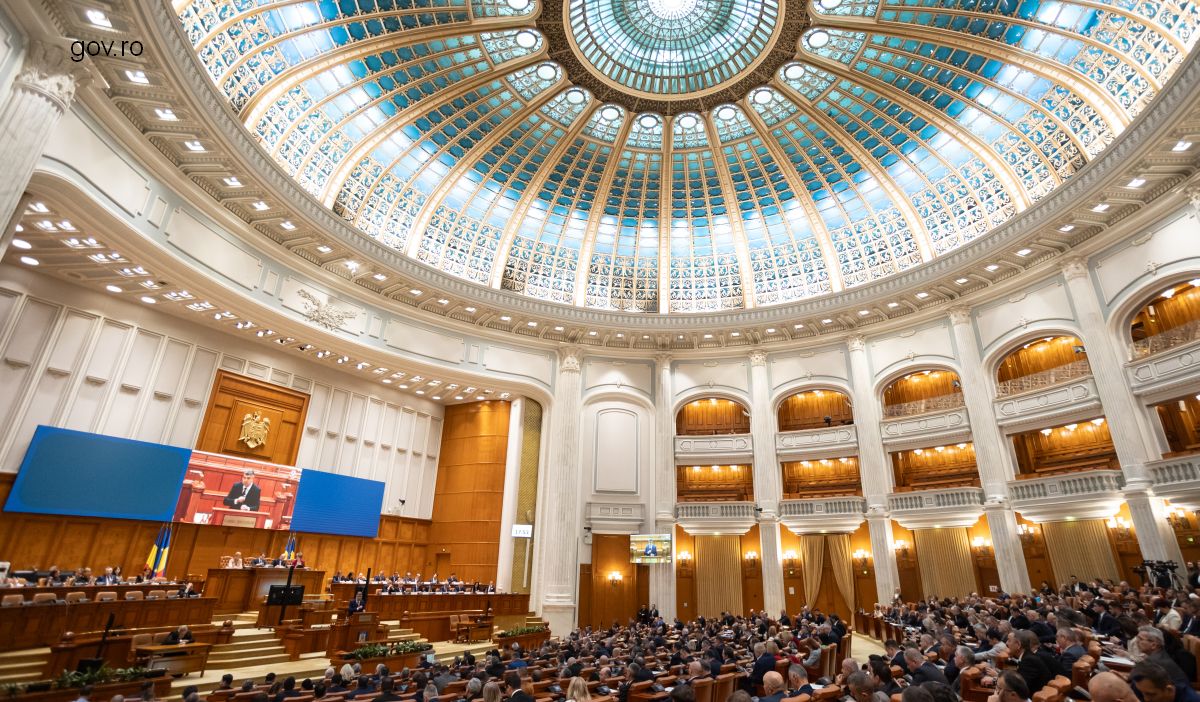Maastricht 25
In December 1991, the prime ministers of 12 European countries agreed in the beautiful Dutch town of Maastricht upon the conclusion of a historic treaty, aimed to lay the structure for an economic and financial union.

Valentin Țigău, 09.12.2016, 13:49
In December 1991, the prime ministers of 12 European countries agreed in the beautiful Dutch town of Maastricht upon the conclusion of a historic treaty, aimed to lay the structure for an economic and financial union.
The treaty, which was signed in 1992 and came into force a year later, was the most important after the one signed in Rome in 1958, which had led to the creation of a common market, the setting up of the “four freedoms” (goods, workers, capital and services), the banning of any form of national discrimination and triggered in turn the birth of the European civil society.
The State was no longer the sovereign on its own territory, because, in order to be effective, the common market had to function on a dimension exceeding the national one. This principle was consolidated in Maastricht, but it was not the only one. Other key principles address the status of community citizen, with the rights and duties it entails, the gradual replacement of the national currencies with the Euro, the setting up of a European central bank and the adoption of the common monetary policy.
Also, the treaty established joint European policies in the field of education, transportation, telecommunications, health-care and energy. Also, additional powers were granted to the European Parliament and a more important role to the European Commission.
All these social, political and economic measures adopted in Maastricht were an important step towards accomplishing the so-called “United States of Europe Project.” 25 years since the signing of the treaty, which was last amended in 2009 in Lisbon, the European Union (known as such since 1993 and which comprises 28 states) is celebrating against a background characterized by Euro-skepticism, Great Britain’s decision to break up with the Union and concerns about the relation with the US, given the recent change in power in that country.
To Romania, the Maastricht Treaty was, three years after the anti-Communist revolution of 1989, a ray of hope, as Romanian society really needed a change after four decades of oppression. After joining NATO in 2004, Romania entered the second wave of EU enlargement and became a full member on January 1st, 2007. Currently, the implementation of the Treaty’s basic principles is still a constructive challenge for the Romanian authorities.
Among other things, they are focusing on the economic growth measures needed for Romania to join the Eurozone in the coming years. Also, one topical issue is the fight against corruption, at all levels, as a last criterion to be met in order for Romania to get political consensus regarding its admission to the Shenghen area.






























